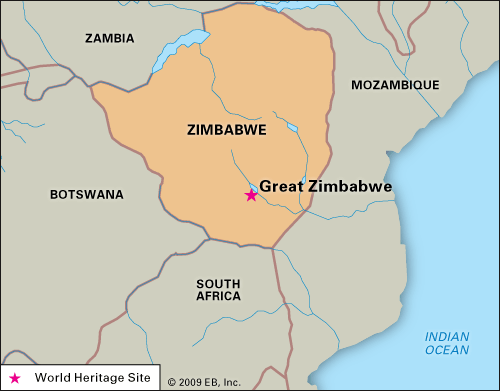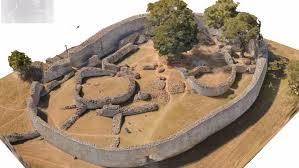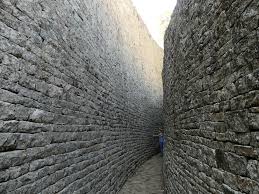Explore Zimbabwe’s Rich Culture, Wildlife, and Iconic Landmarks
- georgina008
- Apr 3
- 2 min read
Zimbabwe is a landlocked country in southern Africa known for its rich history, diverse landscapes, and vibrant culture. The capital city, Harare, is the largest city in the country and serves as its economic and political hub. Harare is home to important institutions, historical landmarks, and bustling markets that showcase the nation’s dynamic character.
The history of Zimbabwe dates back thousands of years, with the region being home to early civilizations such as the Great Zimbabwe Kingdom, which thrived between the 11th and 15th centuries. This ancient kingdom, known for its impressive stone ruins, was a center of trade, connecting Africa with regions as far as China and the Middle East. European colonization in the late 19th century led to British rule, and the country gained independence in 1980, with Robert Mugabe becoming its first leader.
Zimbabwe has a population of approximately 16 million people, with a mix of ethnic groups including the Shona and Ndebele. English, Shona, and Sindebele are the main languages spoken. The country has a youthful population, with a significant percentage under the age of 30.
Tourism is a major part of Zimbabwe’s economy, with attractions ranging from natural wonders to historical sites. Victoria Falls, one of the largest waterfalls in the world, is a top destination, offering breathtaking views and adventure activities such as white-water rafting and bungee jumping. Hwange National Park is home to diverse wildlife, including elephants, lions, and cheetahs. The Matobo Hills, known for their unique rock formations and ancient cave paintings, hold cultural and historical significance.
Zimbabwe’s climate is generally warm, with a dry winter season and a rainy summer. Despite economic challenges, the country remains a fascinating destination, blending history, nature, and resilient spirit.









Comments